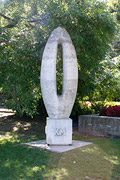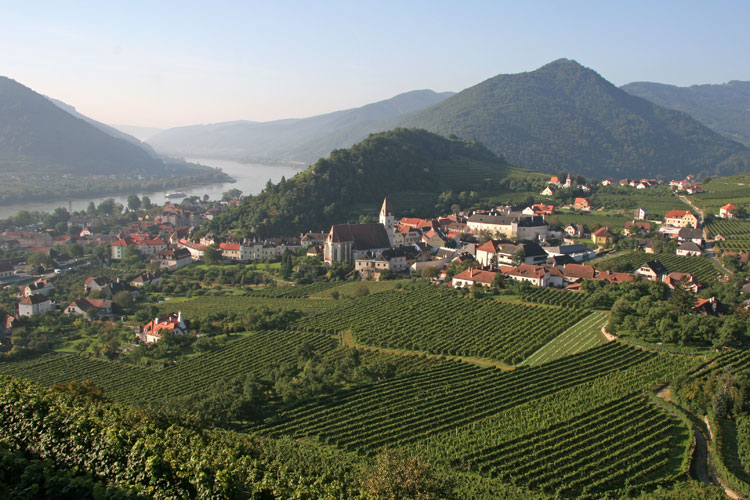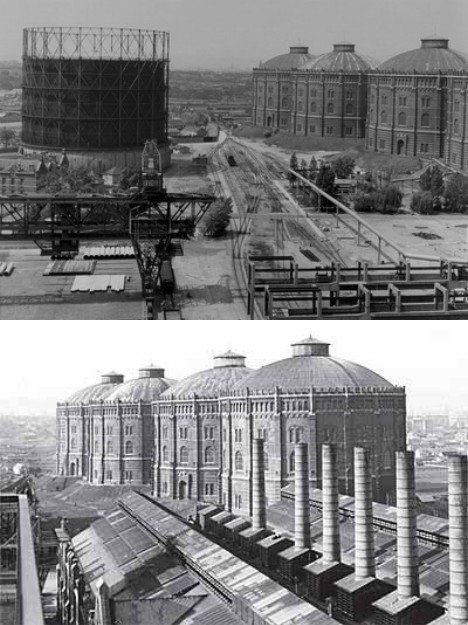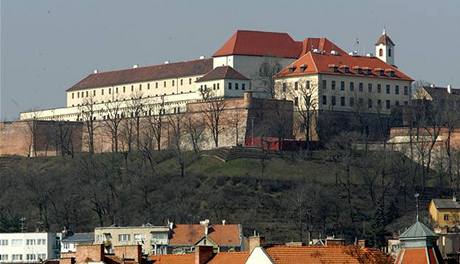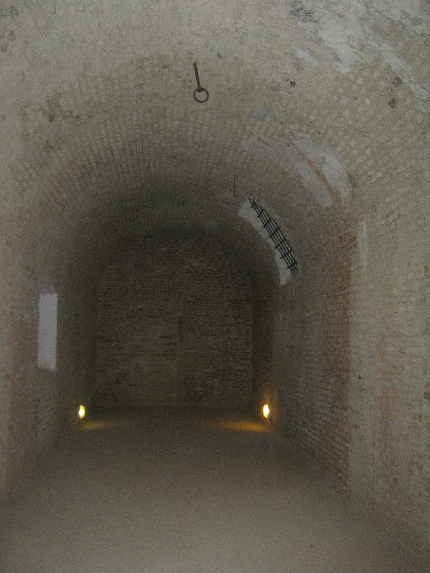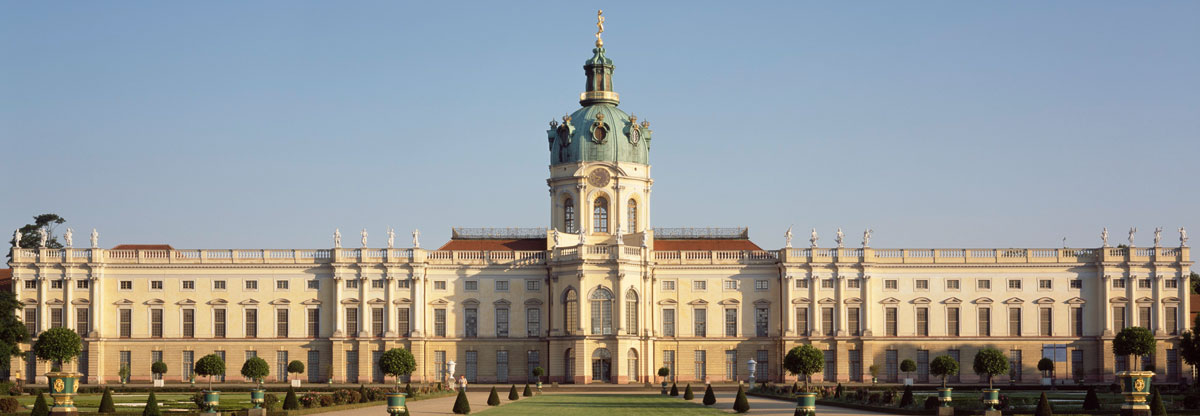For the final post made in
preparation for my CETS trip this summer, my professor has asked that I write a
post about how a specific location is remembered and commemorated in Central
Europe. Specifically, my professor wants me to look at whether the site I
select is an example of sanctification, designation, rectification, or
obliteration. I have decided to examine
the site where Adolf Hitler committed suicide in Berlin.
In 2006, the location of the bunker
in which Hitler lived during his last days was marked with a sign for the first
time, (Associated Press, 2006). The death site of one of the most feared and
hated men in the twentieth century was left completely unrecognized for 61
years. This underground bunker was the location where Hitler and his wife of
two days, Eva Braun, committed suicide on April 30, 1945 in response to the
destruction of Berlin and incoming Soviet soldiers, (“Lonely Planet,” 2014).
Soviet troops destroyed most of the bunker when they uncovered it, and later
the remaining portions were filled with rubble in order to make it inaccessible
to anyone. In the 1980s, the area was repaved to create a parking lot,
(Associated Press, 2006). Currently, the ruins of Hitler’s bunker are covered
by a parking lot, a playground, and an apartment building, (Associated Press,
2006). This site, considered important by many for its historical significance,
was not preserved or remembered in any way until 2006.
 |
| Adolf Hitler and Eva Braun |
The location of Hitler’s bunker is
an example of obliteration. The important event that occurred there was covered
up and essentially removed from public thought. The site was then transformed for
an entirely different use. It was not until 2006 that any form of designation
was given to this site. The designation came in the form of a sign, both in
German and English, which described the site and gave a map of the bunker
network, (Associated Press, 2006). There are many reasons for the obliteration
of this location. The primary reasons given are its proximity to the Memorial to the Murdered Jews of Europe and the idea of any form of commemoration of Hitler making people
uncomfortable. Another fear was that having any type of identifying markers at
this location would make the site a popular location for Neo-Nazi groups,
(Associated Press, 2006). Ultimately, simply having a sign to describe the
history of this location seems appropriate. The site is symbolic of many of the
atrocities committed by Hitler and the Nazis, and preserving this location could be perceived as a commemoration of the Nazis themselves, not the victims of their policies.
References:
Associated
Press. (June 8, 2006). New Marker in
Berlin identifies location of Hitler’s bunker. Retrieved from http://usatoday30.usatoday.com/news/world/2006-06-08-bunker_x.htm
Lonely
Planet.com. (2014). Hitler’s Bunker.
Retrieved from http://www.lonelyplanet.com/germany/berlin/sights/historic/hitler-s-bunker
Picture References:
http://www.bbc.co.uk/worldservice/assets/images/2010/02/18/100218170126_hitler_braun_getty_466.jpg
http://images.travelpod.com/tw_slides/ta00/e5e/e1e/hitlers-bunker-location-berlin.jpg
http://static.panoramio.com/photos/large/198650.jpg








